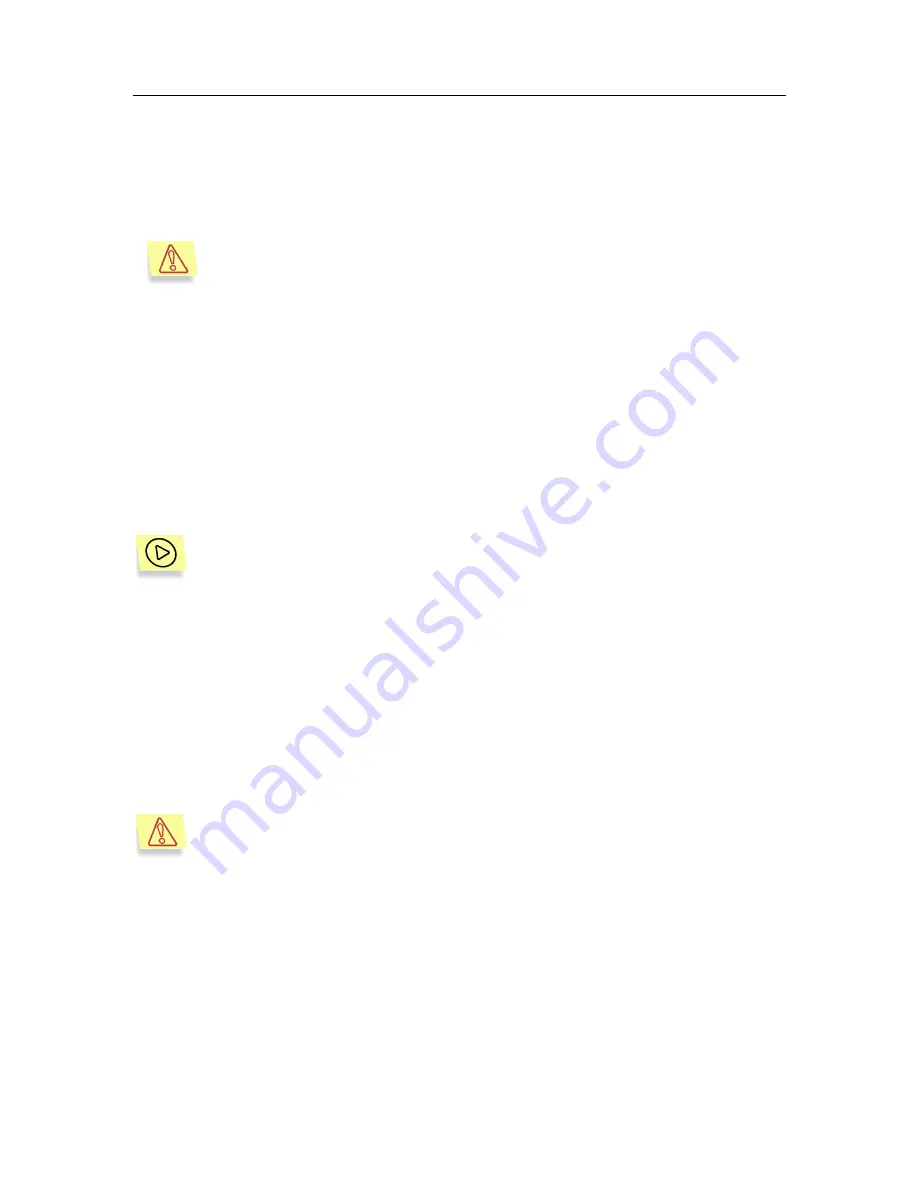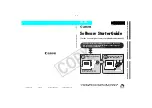
Backup copying
81
As a result of these actions the object will be moved from the backup storage into
the specified folder, decoded and saved with the specified name. The restored
file will have the same format as it had when it was first processed by the
application. After the object is successfully restored, a corresponding notification
is displayed on the screen.
We recommend restoring only those messages that contain spam
attributes or that have
suspicious, protected or corrupted
status. A
new scan of such objects using the updated databases may result in
the change in their status: the object may be disinfected or a new
virus unknown before may be found in this object.
Restoring other objects may result in infecting your computer!
9.4. Sending e-mails to recipients
E-mails can only be sent to the original recipients specified in the
To
field for
objects deleted or rejected by a spam scan. Note that the e-mail will not be sent
to the recipients listed in the
Cc
field.
To send an e-mail to its recipients:
1. In the main program window, select
Kaspersky Security 5.5 for
Microsoft Exchange Server 2003
, from the console tree, open it,
select the node that corresponds to the server needed, and select the
Backup storage
folder from the console tree.
2. Select the object to send from the table that displays the contents of the
backup storage (see Figure 24). Use a filter to search for the objects
(see section 9.2, page 77).
3. Open the context menu and select the
Send message to recipients
command or select the same item from the
Action
menu.
Warning: if more than one virtual SMTP server is installed on the com-
puter, the e-mail will always be sent through the first server. Therefore,
to send an e-mail correctly, the server must be configured to route e-
mails to the necessary address.
9.5. Sending objects for analysis
The user can send for analysis to Kaspersky Lab only those objects that are
suspected of being infected with a modification of a known virus or contain code
of a virus that is known yet known.
















































